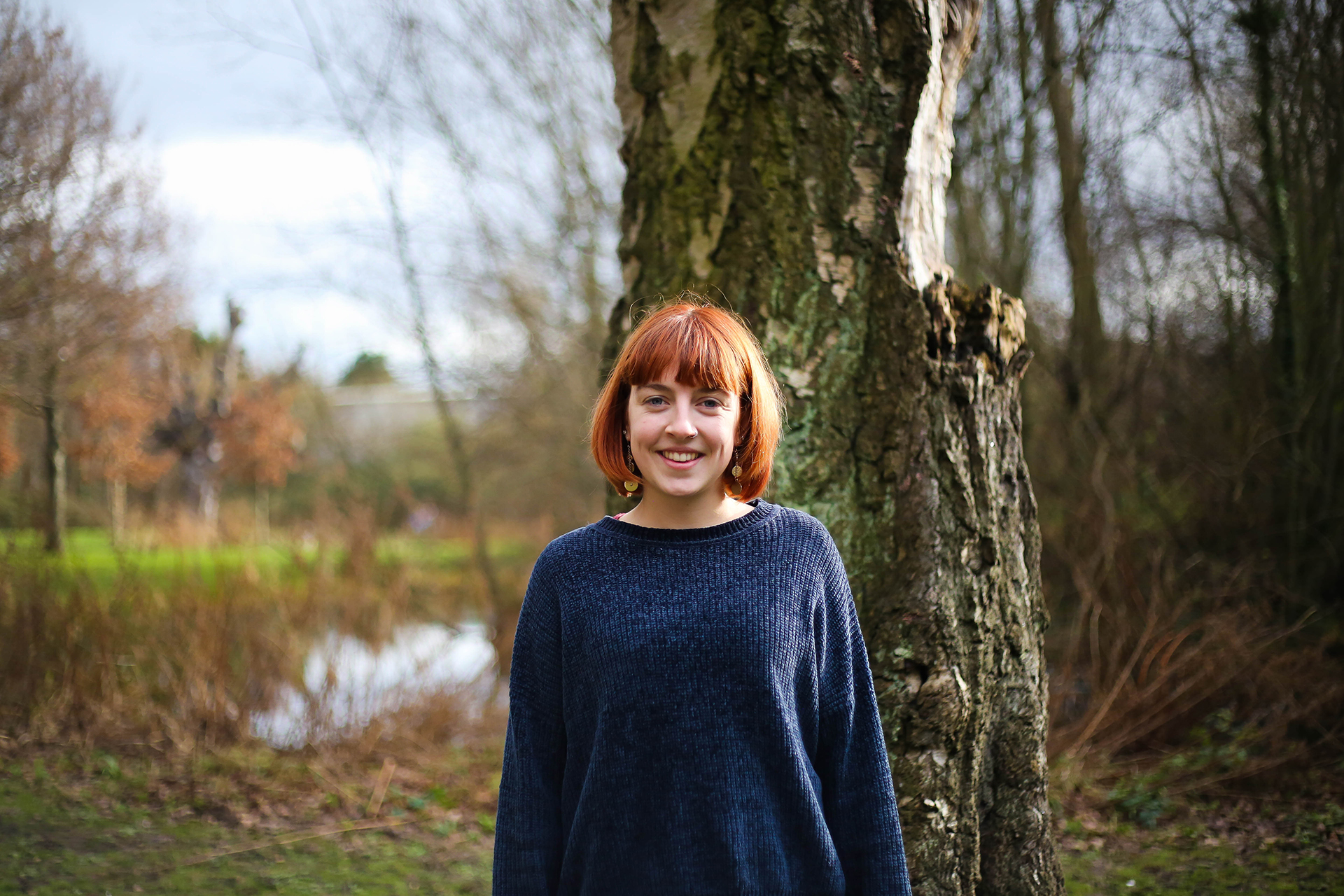
The real value of the telescope-on-a-plane
Cornelia Pabst is a PhD candidate at Leiden Observatory, whose research is based around primary data taken by instruments onboard SOFIA, an airplane-based observatory on which she has flown multiple times. Pabst explains how this airplane has impacted her research career and gives her views on the ever-present threat of its termination.
Hot, massive stars
‘What would I do with my life without SOFIA?!’ A light-hearted laugh with underlying hints of truth, from a researcher whose main source of data was recently saved from termination.
Cornelia Pabst specialises in the study of expanding bubbles of ionised gas surrounding young, hot, massive stars in the Orion Molecular Cloud. Pabst chose her PhD research topic purely by accident. Four years later, and she has no regrets. ‘It turned out to be a great lot of fun, and very interesting actually.’
Extraordinary plane
Pabst’s research has been based around the use of a Carbon 2 map of Orion. The Carbon 2 line is a fine-structure line of ionised carbon with emission in the far-infrared, which is often used to trace star-forming regions. It allows researchers to understand the kinematics, such as the velocity and displacement of both massive and minor gas features in the Universe, including expanding gas bubbles.
This important map comes from the Stratospheric Observatory for Infrared Astronomy (SOFIA), a Boeing 747SP plane with a telescope attached. This extraordinary plane flies at a height at which infrared emission is not affected by water vapour in the atmosphere. But why not just go to space? ‘You could also use a satellite, but the rationale of using a plane was that you could update the instruments on board. A satellite - you shoot it into space and it’s gone, and you can’t do anything,’ Pabst explains.
Termination
The observatory has recently survived another termination attempt. Critics complain that its publishing turnover is too low for its high annual price tag of approximately 80 million dollars. But Pabst, who relies on its data, views the situation differently. ‘If you look at the results that are there, that are published, those are really cool I think. The recently installed HAWC+ instrument has had a lot of impact on the measurements of magnetic fields... those can’t be done with any other instrument at the moment. With SOFIA, we are really gaining new and important insights.’
For Pabst, there is currently no other telescope that can produce the data she needs to continue her current research. ‘Probably for the next ten years, there will only be SOFIA that can do these measurements.’ When discussing the impacts of termination on her research, disappointment washes over Pabst’s face. ‘I mean I could move to something else’ she says, but the hesitancy in her voice is clear. ‘It would be really sad,’ the researcher adds, as she explains the importance of such data in astronomy.
Science will continue
Termination of any mission can be hard on those whose careers have been formed around it. Pabst agrees that it would be nice if a set of terms could be put in place to minimise this impact and ensure research on topics involved can continue, however a laugh of disbelief follows. ‘Science is a hard business, so there is no social support in general... I don’t think that it’s very realistic to demand something like this, it's just not very social. I think it should be, but it’s not.’
But it isn’t all doom and gloom. With the sunlight from outside reflecting around the room in the background, Pabst adds a more optimistic note. ‘My hope is that if there is something terminated and there is no follow up mission, that future generations will pick it up and science will continue. It won’t be lost exactly, there will just be a pause.’

A piece by Aoife Taylor
This article has been written by Aoife Taylor (24) from Ireland, who is currently in her second year of the Astronomy and Science Communication and Society master’s programme. She wrote the item for the course Science Journalism. Taylor: ‘Carrying out research has always been exciting to me, but I find myself more drawn towards the communication side of things.’
